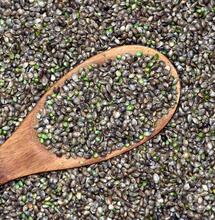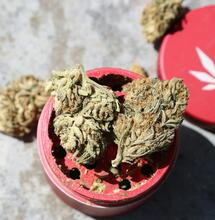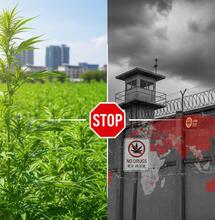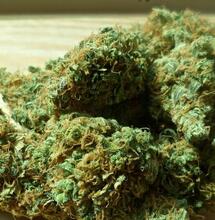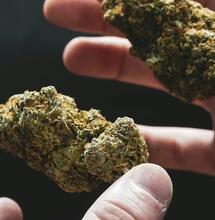Researchers Take on Fusarium Head Blight Disease in Hemp
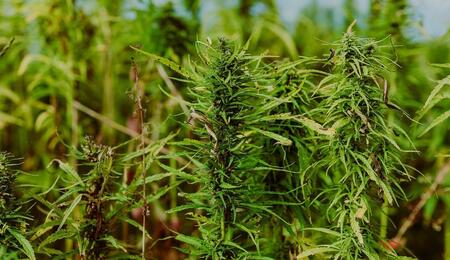
Fusarium contamination or Fusarium Head Blight (FHB) is a common disease that attacks hemp. FHB is gaining notice as cultivation of hemp expands. The disease is caused by several species of the Fusarium fungus and can present with various symptoms. It can go undetected in the beginning, and it might persist in stored hemp. Researchers are rushing to find out more about this type of blight and how to protect hemp crops from it.
Fusarium contamination in hemp plants results in death of plant tissues in hemp seed heads and flowers. Where present, the disease could significantly affect crop quality and output. With expanded use of hemp, it’s important that there’s more research into this disease and to establish practices that will help hemp growers in dealing with Fusarium outbreaks.
Some of the latest findings on Fusarium head blight (FHB) come from researchers at the Martin-Gatton College of Agriculture Food and Environment, part of the University of Kentucky. Their research is necessary to ensure the safety of hemp crops, and thus also product quality.
What Do We Know About Fusarium Head Blight in Hemp?
Multiple pathologies have been detected and related to Fusarium fungi infestation in hemp. Fusarium wilt is caused by F. oxysporum, while other pathologies are caused by the F. armeniacum and F. incarnatumequiseti species. Disease from Fusarium fungi has been detected in both outdoor and indoor crops. The fungi can additionally cause crown rot, damping off, pitch necrosis, root rot, and tip blight, according to a plant pathology research report prepared by the UK Martin-Gatton college.
Here is key information for hemp growers to be aware of:
- Infections can start months before plants show any symptoms
- Infections can persist post-harvest and in stored hemp
- Fusarium fungi can contaminate hemp, but also wheat, barley, and other crops
The research team from the University of Kentucky has managed to document early Fusarium cases in hemp, months before plants develop visible signs of the infection. This represents the biggest challenge for farmers, as the disease can remain imperceptible until it’s too late.
“Infections can begin long before symptoms are noticeable, which makes early detection difficult. But it also means there’s a window for intervention that could prevent the disease from spreading further,” said Nicole Gauthier, professor at the Department of Plant Pathology.
One of the main concerns is that the Fusarium fungi can produce harmful chemicals called mycotoxins, known as DON and T-2. These compounds could be a threat to human and animal health. In particular, the presence of these toxins in hemp is a growing source of worry for producers in the animal feed market.
“As hemp becomes more widely used in animal feed, it’s essential to ensure that crops are free from harmful mycotoxins,” Gauthier said. “Our research confirms that mycotoxins are produced in Fusarium-infected hemp, and further work is needed to understand the full scope of the risk.”
Fusarium Infection May Persist in Stored Hemp
Information on whether Fusarium survives in post-harvest plant material is little. However, researchers have plenty of reasons to believe that Fusarium contamination can plough on even in stored hemp. That additionally brings the issue about storage practices and the likelihood of spreading the disease during manufacture.
Since Fusarium might survive in stored hemp, and therefore affect the harvested product, Gauthier says that it’s important to be careful with “post-harvest management.”
At present, there’s no fungicide approved for the treatment of FHB hemp infestation. That’s one of the long-term goals of the University of Kentucky researchers, along with breeding hemp cultivars that can resist Fusarium contamination.
What Are the Recommendations for Hemp Growers?
The researchers recommend that hemp growers work with their county Extension agents during the growing season. If they suspect Fusarium blight, they should reach out to plant disease diagnostic labs and develop a plan on how to contain the disease. For instance, Kentucky growers can reach out to the University of Kentucky Plant Disease Diagnostic Laboratory. While detection of Fusarium fungi in hemp crops is possible, mycotoxin testing protocols are still unavailable and need to be established.
Also read on Soft Secrets:
- How Do You Heal Your Dying Cannabis Plant?




